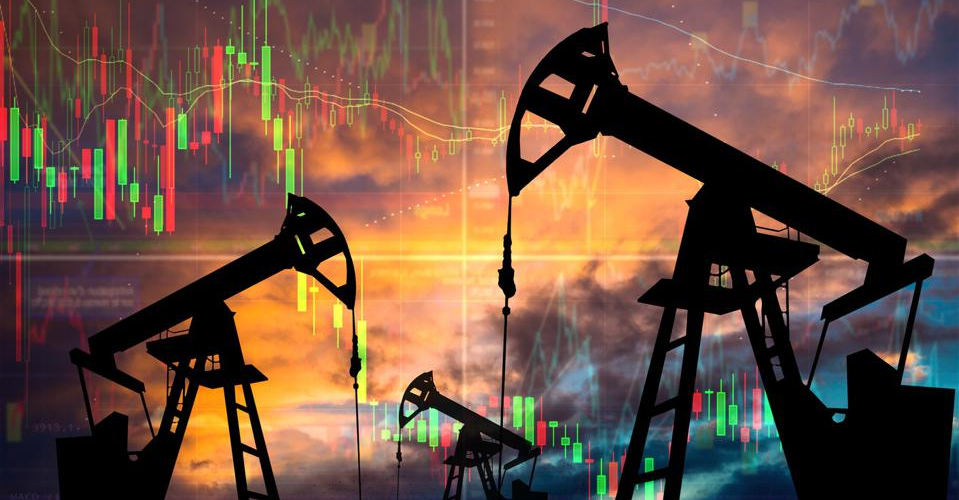There are three primary challenges facing the oil and gas industry today. The first is to produce more energy at lower cost with less emissions. The global population is increasing, and energy demand post COVID-19 will not only recover, but also increase. At the same time, the world is demanding cleaner energy so oil and gas companies must supply this energy with less emissions. This is a tough task, but many groups are rising to the occasion. Just look at the work being done by industry, universities and governments to lower emissions, and you will see that a very large effort is being made to produce cleaner energy. It will take time, but the trajectory is clear to get to net zero emissions by 2050 or sooner. Oil and gas companies need to continue their good work at lowering costs. Investors are demanding better returns on their investment in oil and gas companies. While companies cannot control the price of their product, they can control the amount of money they spend annually. The trend since 2015 is one of remarkable achievement in lowering the cost base of the entire industry.
The second challenge is for the oil and gas industry to collectively invest approximately $500 billion each year just to keep up with demand. What makes this particularly difficult is the strong headwind of rising capital costs. Since 2015 the oil and gas industry has underinvested, especially in the upstream portion of the business. Once the global spare capacity is depleted there will be a need to reinvest in not only maintaining, but actually growing oil and gas production to satisfy the needs of customers around the world. This challenge will be difficult to achieve and if it is not handled effectively to develop or re-develop supply to stay in-step with demand, we will see a period of higher oil and gas prices.
The third challenge is for oil and gas companies to demonstrate differential and durable cash flows. There’s been a large number of investors fleeing the oil and gas sector. In the past, many oil and gas companies outspent their cash flows in the name of growth. That is no longer the case for the vast majority of companies. Still, investor confidence has not yet returned. Energy companies need to show that they have capital discipline and will consistently return money to their shareholders. This trend has already begun but the COVID-19 pandemic and its effect on lowering demand has delayed the positive impact of all the good work oil and gas companies have done and are doing to keep costs down and spend within their means while rewarding shareholders with consistent and predictable returns. As the world recovers from the pandemic, evidence of the industry’s good work will be obvious from the returns they report.
So what trends we will see for the next 12 to 24 months? These are very clear. Oil and gas companies will continue to lower costs, lower carbon emissions and lower risk. Lowering cost requires the relentless pursuit of improving efficiencies in every aspect of the value chain. Lowering carbon emissions mandates best in class operational practices as well as continued technology development and deployment. Oil and gas companies can lower technical risk with better reservoir models, better visualization and more. These three trends will likely continue well beyond the next two years. They have become requirements for businesses to thrive and survive in today’s energy market. Lastly, besides all the hard skills that are needed to meet the challenges outlined here, oil and gas companies will need to continually develop the softer skills of communication, collaboration and innovation. In some ways, the continued development and successful utilization of soft skills is the hardest part of all, yet they are absolutely required for success.
The world will be using oil and gas for decades to come. The customer of today and tomorrow will demand not only access to energy, but that it is clean, affordable and reliable. The oil and gas industry can meet these challenges and must to do that in partnership with customers, governments and universities. Reaching net zero emissions by 2050 is possible, but we all need to do our part.
—
Source: Forbes | This text was excerpted from the media outlet cited on March 10, 2021 and is provided to Noia members for information purposes only. Any opinion expressed therein is neither attributable to nor endorsed by Noia.






